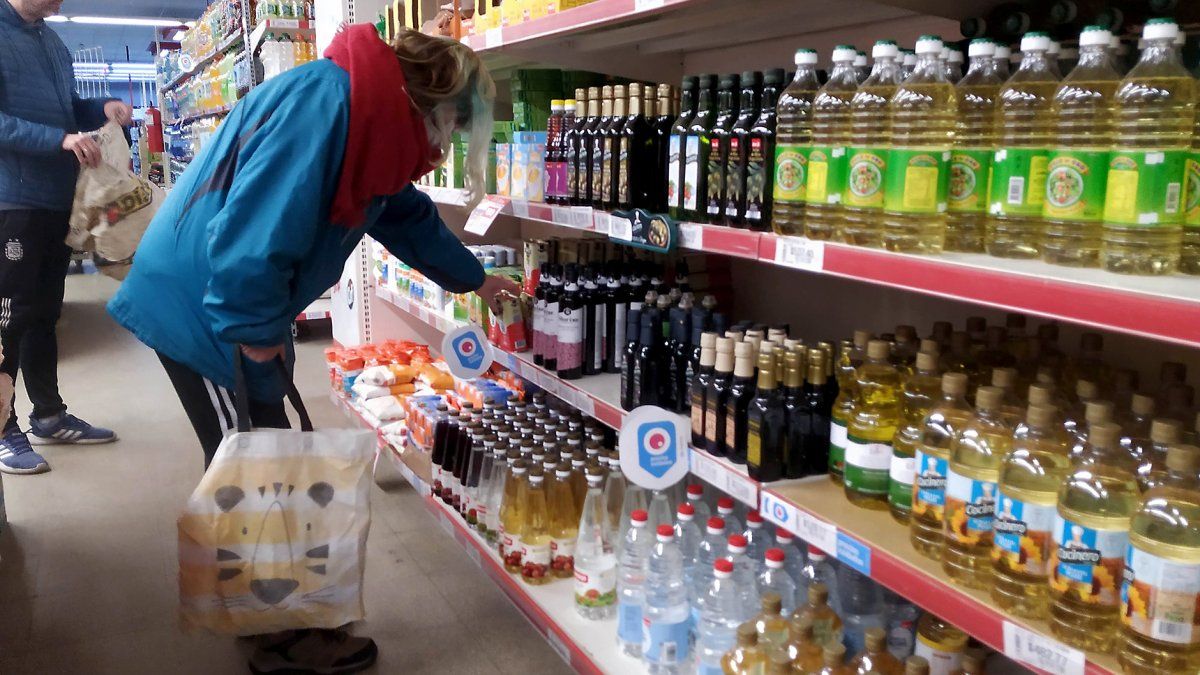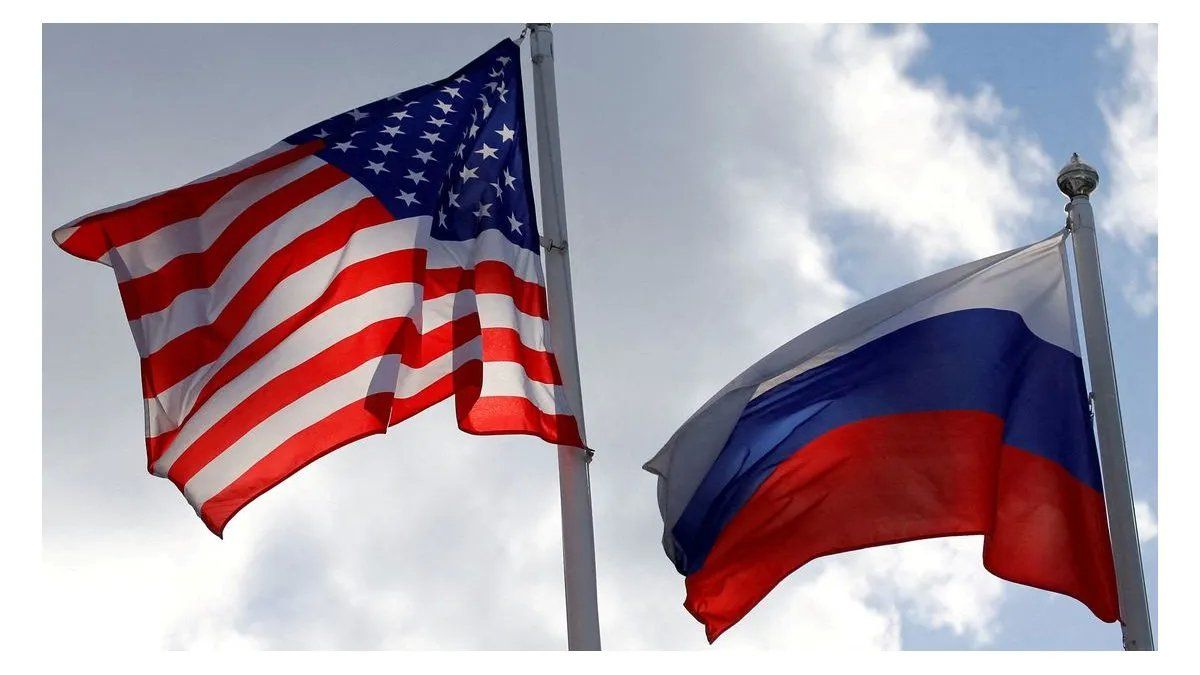The study revealed that only three baskets presented positive results in the different channels: alcoholic beverages (3.4%), non-alcoholic beverages (0.5%) and the “impulsive” item (6.4%) grew. On the contrary, the food item fell 0.4%; breakfast plus snack, 3%; perishable and cold, 0.5%; clothing and household cleaning, 10.5%; hygiene and cosmetics, 5.4%.
The report also highlighted that the “weighted average price maintains the acceleration seen in past months, reaching 98.7% in this period compared to the same month of 2022”. The increase in mass consumption products was in line with the general inflation published by INDEC for the same period (98.8%).
In addition, from Scentia they stressed that “The difference in behavior between channels continues, given that Supermarkets had a positive performance of 7.8%, while independent Supermarkets suffered a setback of -9.1%. Let us remember that this situation, with a progression of marked difference between both channels, began in July 2022 and continues to this day. In December, by case, supermarkets had fallen 4.7% year-on-year and supermarkets grew 3.2%.
The price gap between the different channels, as a result of the programs agreed with the Government, may be one of the factors that explain this distortion. This was explained by the analyst Damián Di Pace, director of the Focus Market consultancy: “There is a dual price variation in the mass consumption retail channel. In large stores, what is fair in terms of prices is unfair in terms of replacement and quantity offered. The stock is limited and in some cases absent. In the traditional channel of national and Chinese self-services, the quantity is fair, with good assortment and delivery, but the price is more unfair in terms of what the Government intends, because the increases are those of the market, in some cases in double digits “.
rising prices
Headline inflation in January accelerated to 6% per month, after 5.1% in December. But, particularly, food and beverages showed the biggest rise in five months, rising 6.8% per month. In any case, many of the products included in the Fair Prices program grew below the general rate.
“In January, a certain impact of the Fair Prices program was observed. The Mass Consumption CPI (composed mainly of packaged food and beverage products) grew 5.2%, 0.8 pp below the general level. Furthermore, some items covered by the program grew well below the food and beverage index: Coffee, tea, yerba and cocoa rose 3.9%; Bread and cereals, 4.4%; Oils, fats and butter, 4.5%; and Milk, dairy products and eggs, 4.8%”, analyzed from Ecolatina.
According to the firm’s survey, the trend seems to continue in February. It is that, as detailed, the GBA Ecolatina CPI showed growth of 6.1% between the first half of February and the same period in January, “realizing that the inflationary rebound of January would be consolidating.”
“Among the different items, the increase in Food and beverages stood out again (+9.2%). In line with expectations, the increase in this division was driven mainly by the jump in beef prices (+22.2%), after the 40% increase in live cattle prices since the second fortnight from January. In this way, bovine meat explained almost 1.3 pp of the increase in the general level”, they pointed out from the consultant, and also highlighted the increase in Fruits (+15.8%) and Dairy products and eggs (+7.0%).
“Products associated with mass consumption managed to climb below the average (CPI Massive Consumption recorded +5.3%), realizing a certain impact of the Fair Prices program, which freezes nearly 2,000 products and guides the monthly increase of another almost 50,000 at 3.2% until June inclusive,” the report concluded.
Source: Ambito




